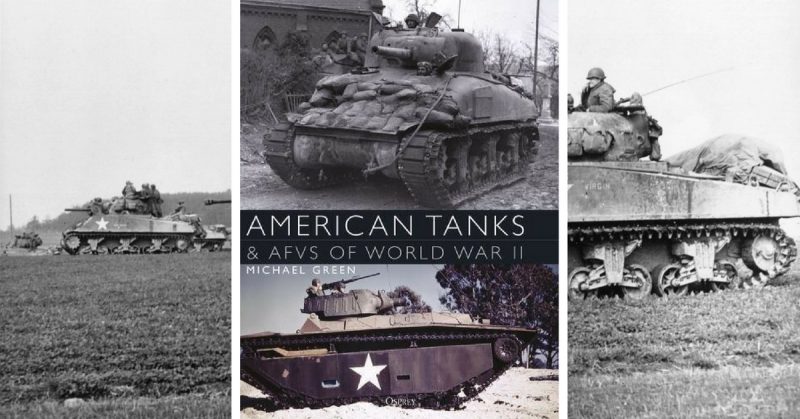I keep occasional tabs on a number of Facebook pages dedicated to military vehicles and in particular the US built armor that have become icons of the Second World War. I’ve been fascinated by all this kit since the end of the 1960s and while the love affair has cooled with age I am still ready to improve my education.
Osprey has helped me considerably with this timely release of the softback edition of this excellent book by Michael Green. The author has an admirable track record of producing entertaining and reliable books and this is probably the most substantial piece of work I have seen from him, although he is prolific and I’ve only seen a modest amount of his work.
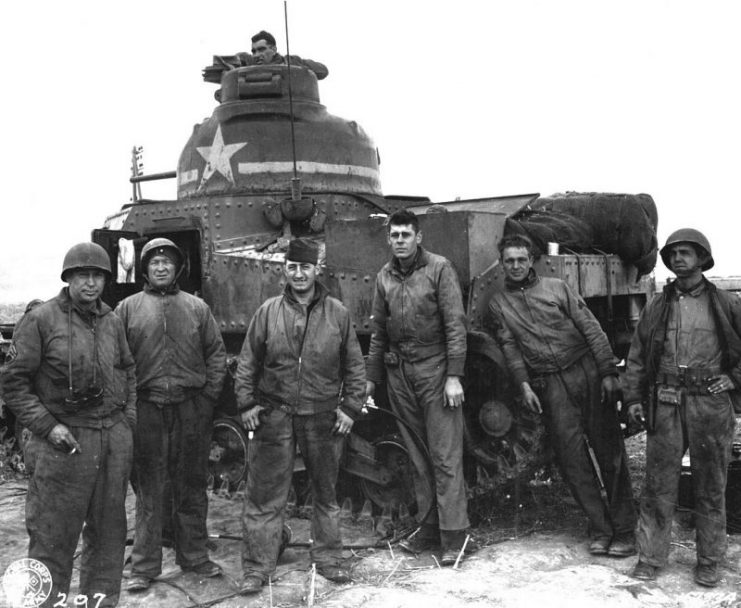
Mr. Green takes us through early developments in US armor leading up to the Second World War and explains how faulty doctrine had an overwhelming influence on the design and planned roles of tanks and armored vehicles operated by the US Army.
The notion that tanks would not engage each other seems quite ridiculous in light of subsequent experience but there were theorists in all the major tank operating powers of the day who were jockeying to have their chosen way accepted and only a small number of them could be said to have drawn the most obvious conclusions. Hindsight is a wonderful thing.
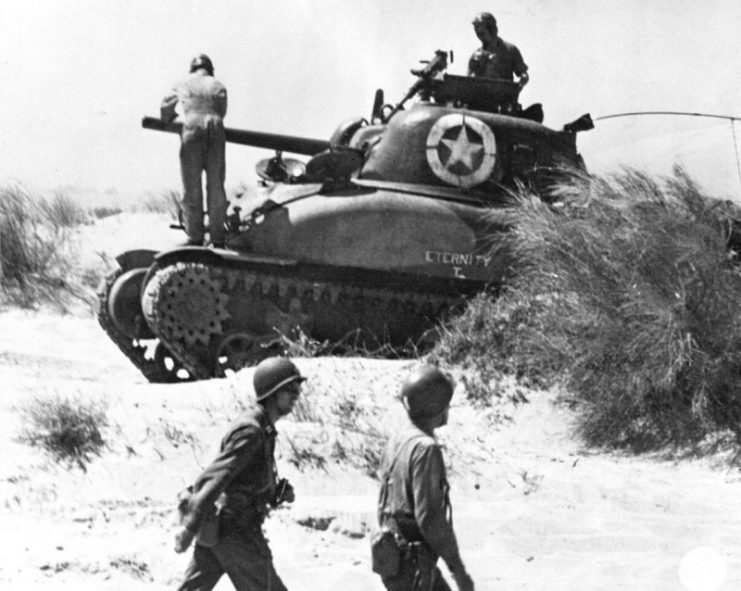
Perhaps the most exemplary aspect of this is once a basically ideal doctrine was in place the US military industrial complex was set to do extraordinary things. There was a steep learning curve for everyone involved but history shows us that the United States was able to draw on immense manpower, industrial output and innovation to build armored forces capable of crushing their enemies by 1945.
There are many other factors to consider including a sheaf of ‘what ifs’ about German tank production and availability, as well as the strategic nonsense espoused by Hitler and his cronies that was to have such an impact on proceedings. But the bottom line is the United States developed a range of effective weaponry that went above and beyond the task set for them.
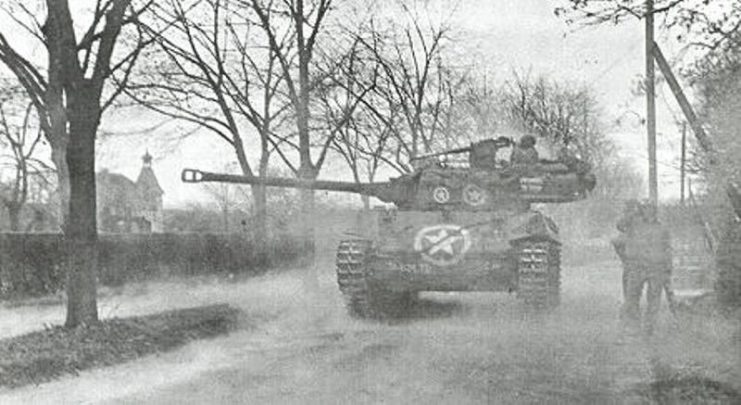
Mr. Green takes us through a family tree of vehicles where some prominence is given to the M3 Lee/Grant and the M4 Sherman and their derivatives. When it comes to the Sherman I never cease to be confused by the number of models and even the minor variations that exist between them.
The basic outline is exactly what I said at the outset – iconic. Things get much more complicated thereafter and this book helps iron some of the creases out. The Sherman is emblematic of the truth that designs cannot stand still. There are always improvements to be made in the finished article or in the process of building it.
The Sherman had a number of deficiencies that were fixed or fudged one way or the other and considerable lengths were taken to keep production rolling especially when combat losses mounted.
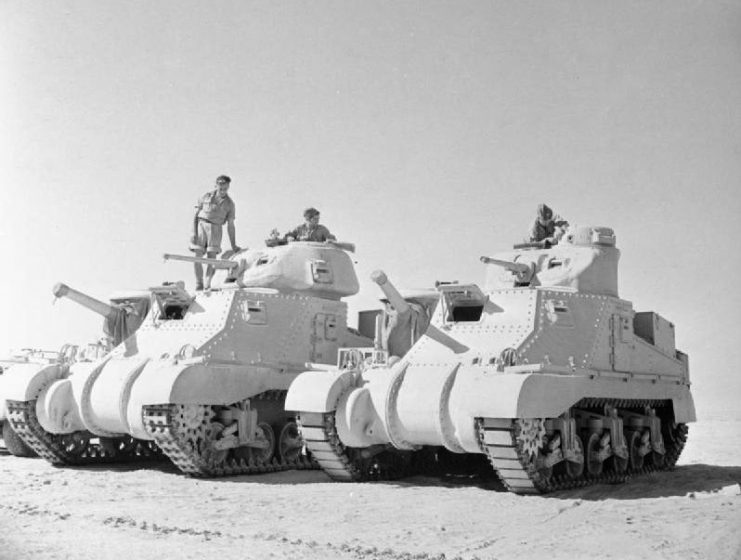
It is too much of a simplification to talk of German tanks being better. They had their own problems with reliability and servicing and they always seem way too complicated in comparison with the Sherman and the Russian T34, but this, too, is a simplification. Nothing is black and white in tank history.
The other war-winning vehicles we cannot ignore are the family of half-tracks seen on every front and the range of amphibious LVTs that proved so valuable in the war against Japan and also in Europe. The half-tracks proved to be so versatile they remained in service in a host of countries for decades after the war ended.
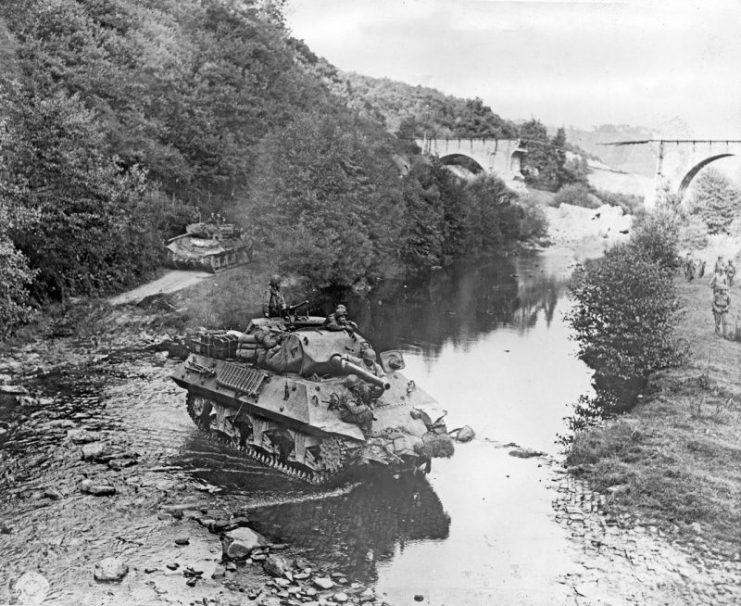
When we remind ourselves they were still in front line Israeli service during the Six Day War of 1967 and after that it shows just what a solid design the Americans developed at the end of the 1930s. I’ve always been a big fan and enjoy seeing them at events. They are very photogenic.
There are very few LVTs on the show circuit on this side of the pond and the thing that impressed me most was the size of them. I guess building an Airfix kit in 1972 did not give me an accurate enough impression. Aside from US service the LVT proved vital for clearing the Scheldt estuary in 1944 and crossing the Rhine in the spring of 1945.
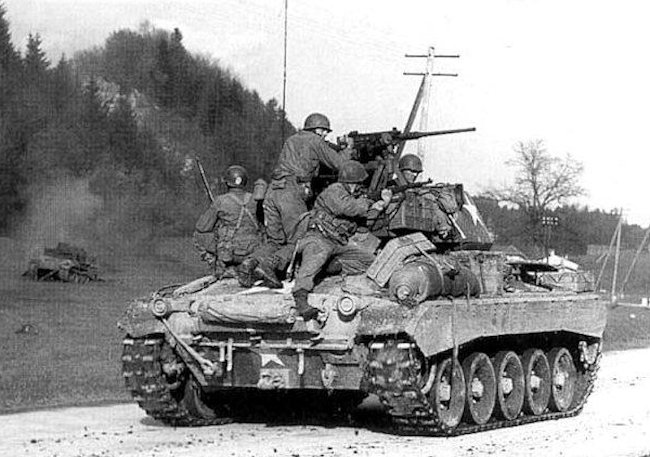
Beyond this the reader can revel in the plethora of tank destroyers, self-propelled artillery, armored cars and light tanks in the American arsenal. It all seems to go on forever. Everyone has a favorite. I could wax lyrical about the M3 and M5 Stuarts, the M24 Chaffee, M18 Hellcat and so on and so on. Listing all the vehicles covered in this prodigious book will do nothing to enhance my review. Suffice to say Mr Green has left no stone unturned and it is safe to say that all the bases have been covered.
For me, the most important thing is that the text is not boring. The plain fact is many reference type books and histories are arid in the extreme and while they are useful, they have the entertainment value of a dentist’s waiting room. Mr Green writes in a way that brings the history and the technical stuff to life and I found I did not resort to just looking at the excellent selection of pictures.
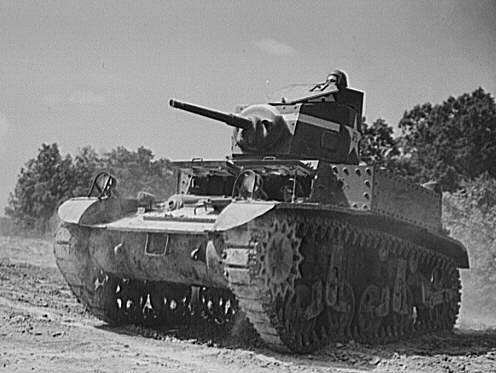
Those Facebook pages I mentioned earlier really are good fun and I have learned a lot. But there are always times when I just want to pull out a reliable book that covers what I need without trawling through a mass of debate and commentary that seems to go with every post I see. Sometimes already very complex subjects become overcomplicated and falling back on the world of ink and paper is the best policy. It certainly works for me.
If you are seeking a one-stop shop for US armor from the Second World War then look no further than this weighty gem. It has the air of the essential about it. This is a book you will use time and again. Your library will be enhanced when you acquire a copy.
Reviewed by Mark Barnes for War History Online
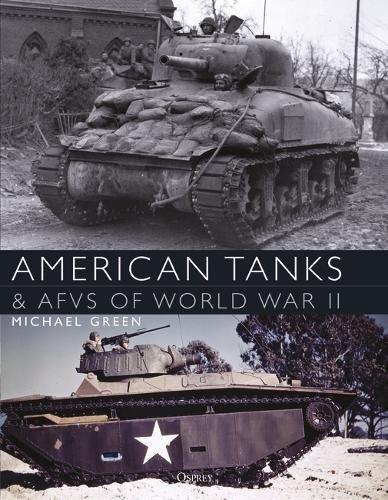
AMERICAN TANKS AND AFVS OF WORLD WAR II
By Michael Green
Osprey Publishing
ISBN: 978 1 4728 2978 8
